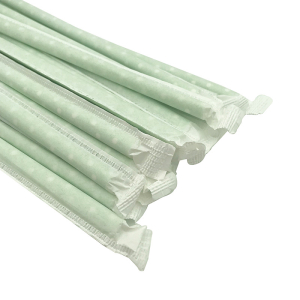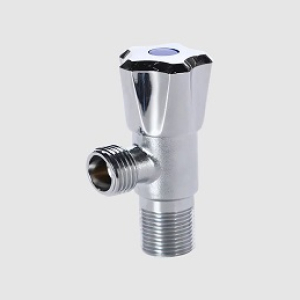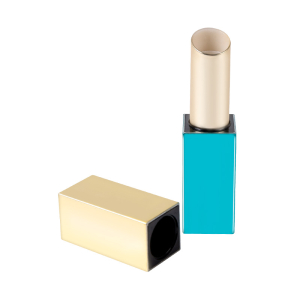Sports therapy tape has revolutionized the way athletes approach injury prevention and performance enhancement. This lightweight, flexible tape is designed to provide support to muscles and joints without compromising the wearer's range of motion. One of the critical aspects of sports therapy tape that contributes to its widespread use is its breathability. The ability of the tape to allow air to circulate the skin is essential for maintaining comfort and preventing skin irritation, especially during prolonged use or in high-intensity activities.
The breathability of sports therapy tape is a result of the materials used in its construction and the design of the tape itself. High-quality sports therapy tape is typically made from a blend of cotton and synthetic fibers, which are woven together to create a mesh-like structure. This structure allows for a high degree of air permeability, ensuring that the skin remains well-ventilated even when the tape is applied.
The importance of breathability in sports therapy tape cannot be overstated. Athletes often engage in activities that cause them to sweat, and the accumulation of moisture under the tape can lead to discomfort and even skin issues such as rashes or blisters. By allowing air to circulate freely, sports therapy tape helps to wick away moisture, keeping the skin dry and reducing the risk of these complications.
Moreover, the breathability of sports therapy tape also plays a role in its adhesive properties. The tape's ability to 'breathe' helps to prevent the buildup of heat and moisture between the tape and the skin, which can weaken the adhesive and cause the tape to lose its grip. By maintaining a balance of airflow, sports therapy tape can maintain its adherence for longer periods, providing consistent support throughout an athlete's training or competition.
In addition to the materials and construction, the application technique of sports therapy tape also impacts its breathability. Proper application involves stretching the tape slightly as it is applied to the skin, which can create small gaps that further enhance airflow. This stretching also helps to ensure that the tape conforms to the contours of the body, providing targeted support without restricting movement.
The breathability of sports therapy tape is not only beneficial for the comfort of the wearer but also for the tape's performance. By allowing air to circulate, the tape can better adapt to the body's natural movements, providing dynamic support that changes with the athlete's posture and activity level. This adaptability is crucial for sports therapy tape to effectively support muscles and joints during a wide range of activities, from running and jumping to swimming and weightlifting.
Despite the importance of breathability, it is also essential to consider other factors when evaluating the performance of sports therapy tape. The tape's elasticity, adhesive strength, and durability are all critical components that contribute to its overall effectiveness. However, when these factors are combined with a high level of breathability, the result is a sports therapy tape that offers optimal support and comfort for athletes in various sports and conditions.
In conclusion, the breathability of sports therapy tape is a critical feature that enhances both the comfort and performance of the tape. By allowing air to circulate the skin, sports therapy tape can prevent moisture buildup, maintain adhesive properties, and adapt to the body's movements. This combination of breathability with other performance characteristics makes sports therapy tape an invaluable tool for athletes seeking to optimize their performance and prevent injuries. As the technology and materials used in sports therapy tape continue to advance, we will likely see further improvements in breathability and overall performance, further solidifying the tape's place in the athletic world.






